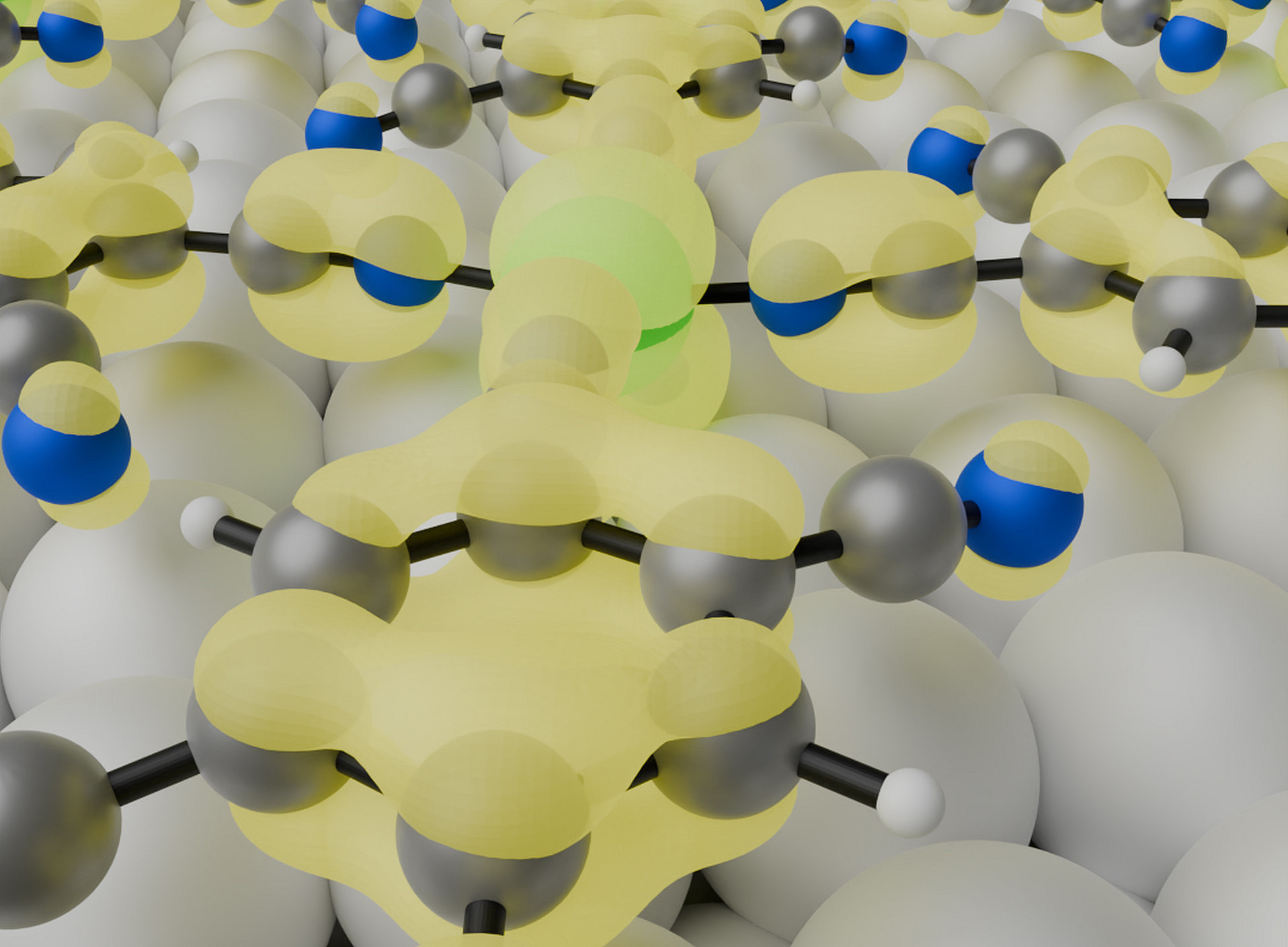2D MOFs consist of metal atoms connected by organic, i.e. carbon-based, molecules. They therefore combine the best of both worlds: Properties of metals and organic materials. This makes them a beacon of hope for a wide range of future technologies that could make electronic devices smaller, smarter and more efficient.
Physicists from the University of Graz and Forschungszentrum Jülich jointly found direct evidence of how the hierarchical arrangement of transition metals and organic connecting elements, so-called linkers, creates band structures in the 2D MOF lattice. In addition, the research demonstrates the associated multifunctional electronic and magnetic properties of the materials.
"The results of our two studies offer a new perspective on how electronic band structures in 2D MOFs can be tailored and pave the way for the integration of these materials into future electronic and photonic devices," says Peter Puschnig, emphasising the significance of the publication. The head of the "Electronic Structure of Nanomaterials" working group at the Department of Physics at the University of Graz was responsible for the theoretical investigations in the project together with Dominik Brandstetter and Andreas Windischbacher. Colleagues from Forschungszentrum Jülich carried out the experiments.
Publications:
Emergence of Band Structure in a Two-Dimensional Metal-Organic Framework upon Hierarchical Self-Assembly
D. Baranowski, M. Thaler, D. Brandstetter, A. Windischbacher, I. Cojocariu, S. Mearini, V. Chesnyak, L. Schio, L. Floreano, C. Gutiérrez Bolaños, P. Puschnig, L.L. Patera, V. Feyer, C.M. Schneider, ACS Nano, 18 (30), 19618-19627 (2024)
https://doi.org/10.1021/acsnano.4c04191
Band Structure Engineering in 2D Metal-Organic Frameworks
S. Mearini, D. Baranowski, D. Brandstetter, A. Windischbacher, I. Cojocariu, P. Gargiani, M. Valvidares, L. Schio, L. Floreano, P. Puschnig, V. Feyer and C.M. Schneider, Adv. Sci. (2024) 2404667
https://doi.org/10.1002/advs.202404667
